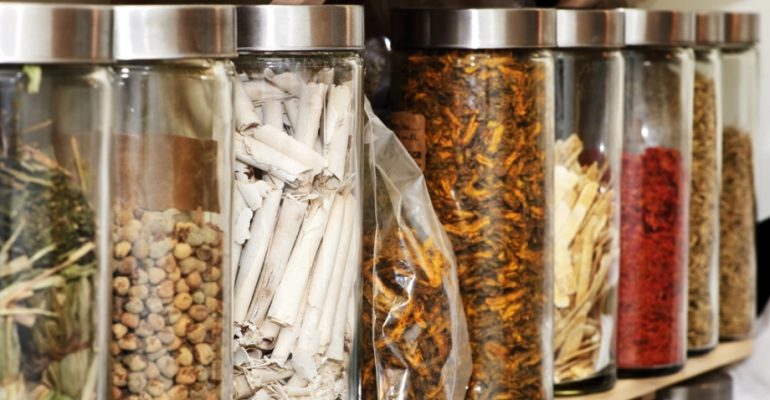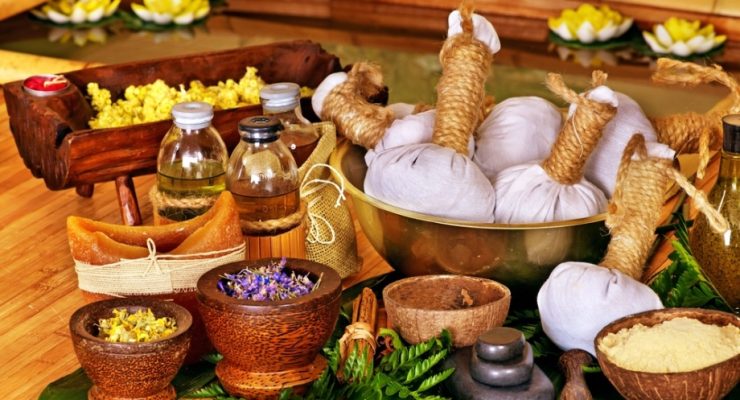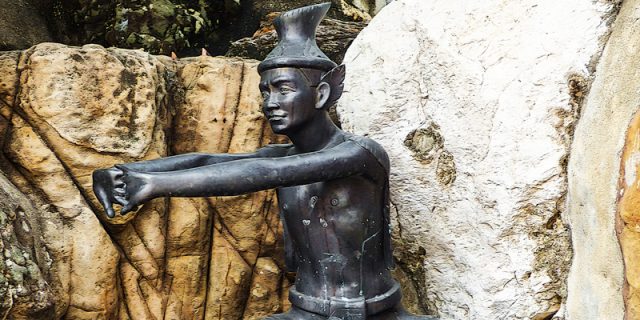
Ya Hom (or Ya-Hom) is a popular Thai household medication, already documented in the 17th century, consisting of a manifold of herbs, often used for Wind Element diseases, such as dizziness, nausea, bloating, excessive gas, heartburn, flatulence, and much more.

It has a fragrant smell because of its many spices, herbs, flowers, and aromatic plants, such as magnolia, lotus flower, agarwood, saffron, red sandalwood, jasmine, cumin, sarapi, nigella, garden cress, and fennel, among many others.
It takes quite some work to make Ya Hom from scratch because of the various ingredients to be sourced, but also because of the steps involved to actually make it, such as cleansing, drying, grinding, and mixing all the ingredients.
Originally, Ya Hom was only available to the Thai royalty (because of the work and all the various ingredients that needed to be sourced or even imported), before it later on (in the second part of the 20th century) also became available to the greater public. Today, it’s available in powder form to be mixed with (warm) water at home, but also as drops and pills.
Nonetheless, there are many types of Ya Hom and there are more than 500 formulas known. One of the characteristics though is that Ya Hom is designed to balance the Four Body Elements, which makes that depending on the health complaint one needs to take another type of Ya Hom.
However, only four types of Ya Hom are approved by the Thai Ministry of Health as being officially part of Thai Traditional Medicine, which are:
- Dhepajit with 48 ingredients and helping against vertigo and dizziness;
- Tip-Osot also with 48 ingredients and likewise helping against vertigo and dizziness;
- Indrachakra with 50 ingredients and helping against nausea, motion sickness, and stress;
- Nawakod with 58 ingredients and helping against indigestion and heartburns.

















